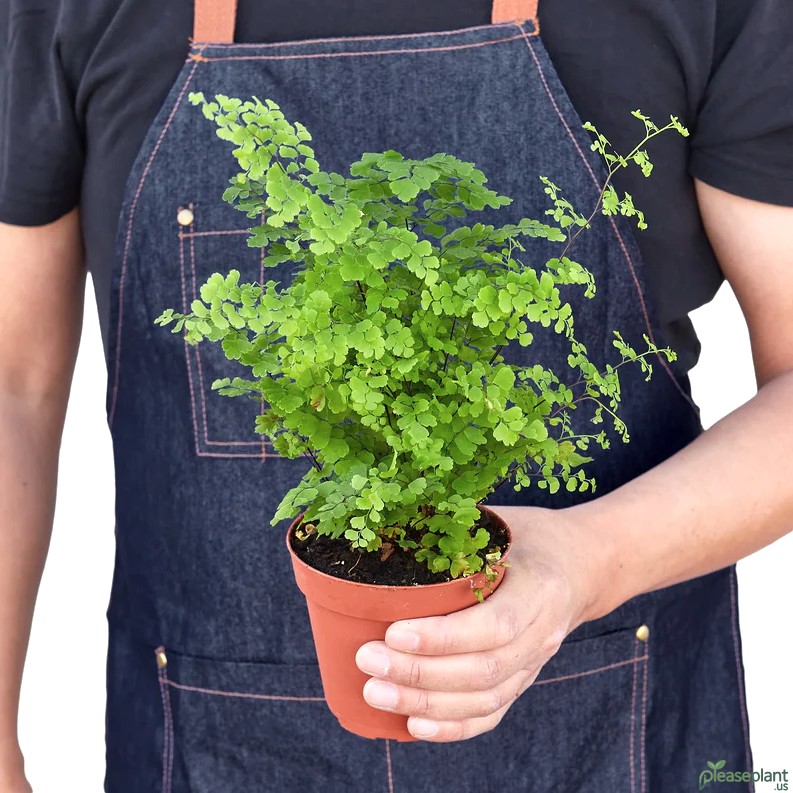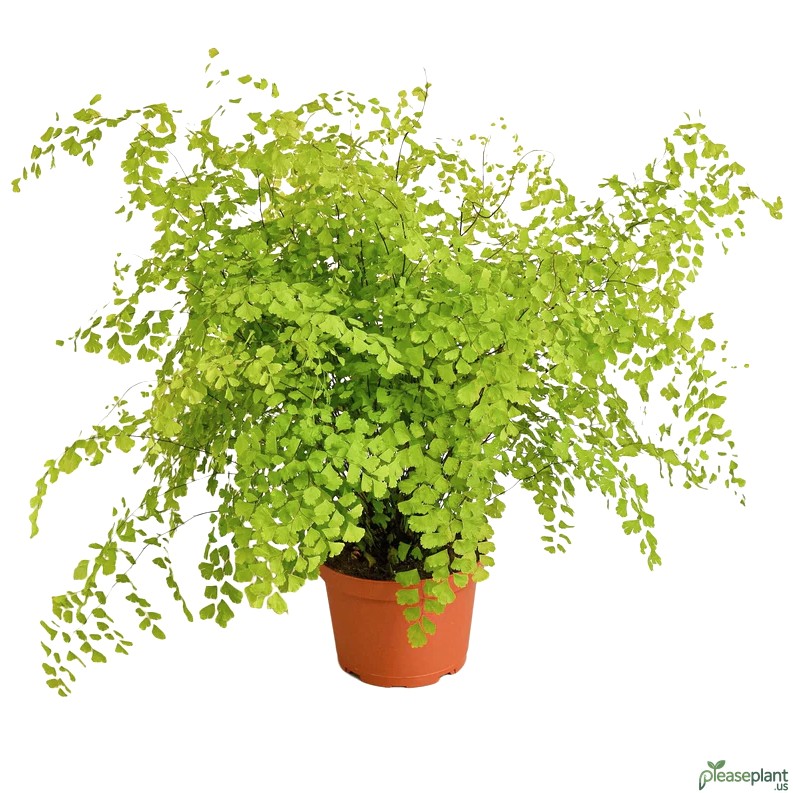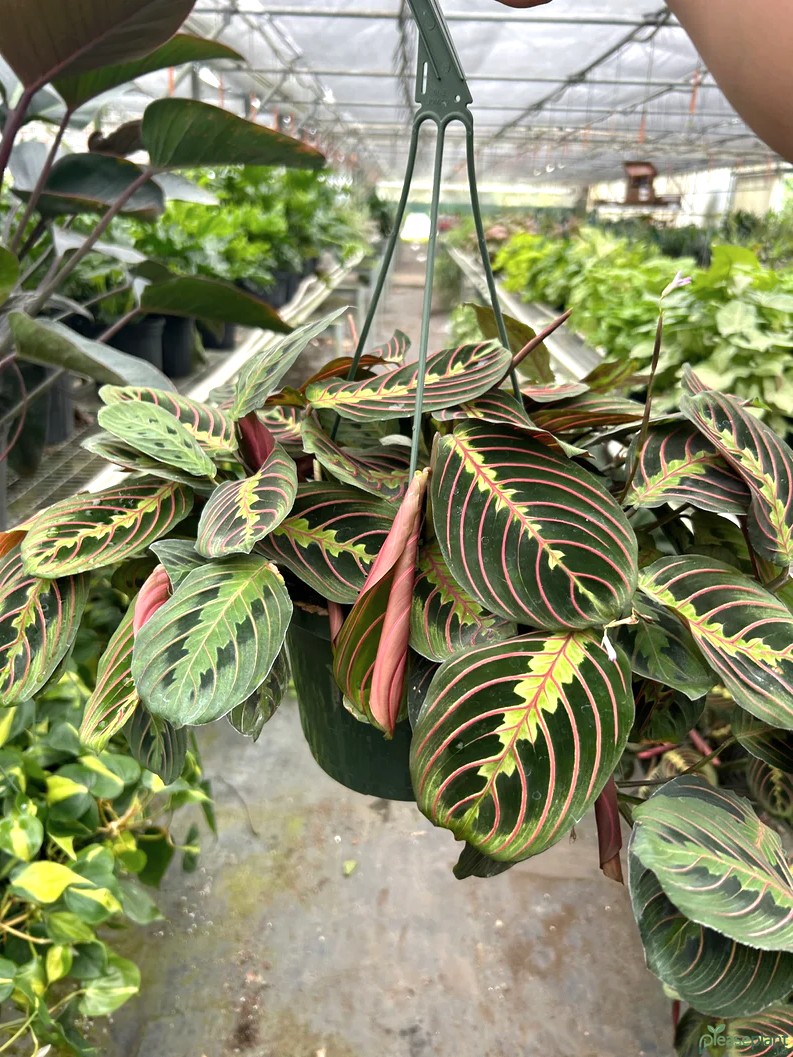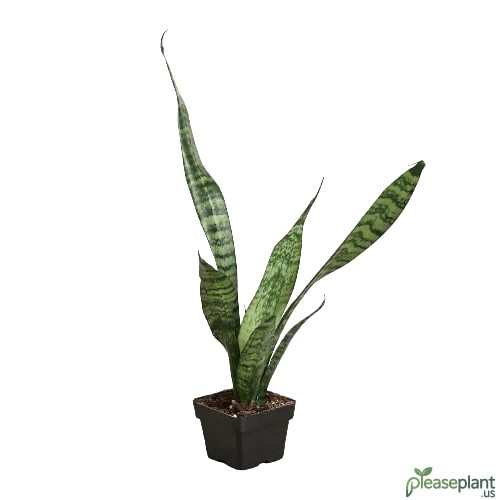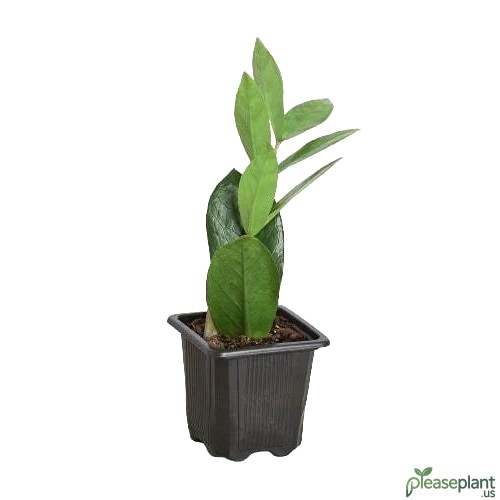If you're a pet owner wondering whether the delicate Maidenhair Fern, scientifically known as Adiantum raddianum, is safe to have around curious cats and dogs, you're not alone. This guide dives into the plant's toxicity profile, practical advice on keeping your furry friends safe, and tips on caring for this beautiful fern without worry. Let me share some stories from my own experience with pet-friendly plants and how to avoid common pitfalls when mixing greenery and pets in your living space.
Let me tell you about the Maidenhair Fern
You might have seen those wispy, elegant leaves of the Maidenhair Fern, or as the science folks call it, Adiantum raddianum plant, and thought, "Hey, this would look great in my living room!" But then the nagging question hits: is it safe for cats and dogs? I've been there, fretting over whether my curious tabby would nibble on the leaves and what might happen next. So, let's break it down.
Is the Maidenhair Fern toxic to pets?
Good news first: Maidenhair Fern is generally considered non-toxic to both cats and dogs. That means if your furry buddy decides to nibble or even munch on a leaf or two, you likely won’t need to rush to the vet. I've had a few cases where my dog got a bit too nosy, but thankfully, the fern didn't cause any fuss. However, watch out for any fertilizers or sprays you might have used on the plant, as those could be harmful.
Why should you still be cautious?
Just because it’s non-toxic doesn’t mean it’s all sunshine and rainbows. Eating large amounts of any plant can cause upset tummies or mild digestive issues in pets. Plus, some critters might develop allergies or sensitivities, so always keep an eye on them after introducing new greenery.
caring for your Maidenhair Fern with pets around
The Adiantum raddianum plant thrives in indirect light and loves moisture, but it’s also a bit finicky. If your pets are the type to jump or paw around plants, they might end up damaging the delicate fronds. I once had a lively pup who turned my fern into a bit of a jungle gym, so I recommend placing it where your pets can’t reach easily. Hanging baskets or high shelves work wonders.
What about other pet-safe plants?
If you’re into expanding your indoor garden, there are plenty of other pet-friendly plants to consider, like spider plants or Boston ferns. But always double-check, because, unlike the Maidenhair Fern, some plants can be sneaky toxins.
My final two cents
The Maidenhair Fern is a great choice if you want lush greenery that's mostly safe for your cats and dogs. Just keep an eye on your pets, avoid harmful chemicals on your plants, and place them where they won’t get trampled or chewed on too much. And hey, if your pet does decide to have a snack, it probably won’t be the worst thing in the world. Just maybe not their new favorite treat either!

